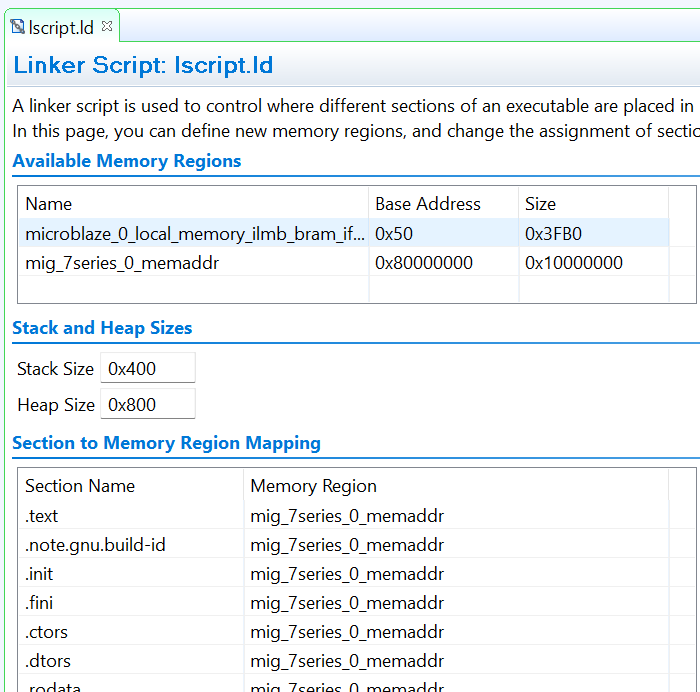This is another doubtlessly naive question. I know that you can read the BRAM by using XBram_ReadReg() and a BRAM controller. Also that XBram_ReadReg() basically amounts to using Xil_In32() to read a memory location.
Can we do something similar to read the DDR RAM, or are we always forced to use the routines in xaxidma_bdring.c?

